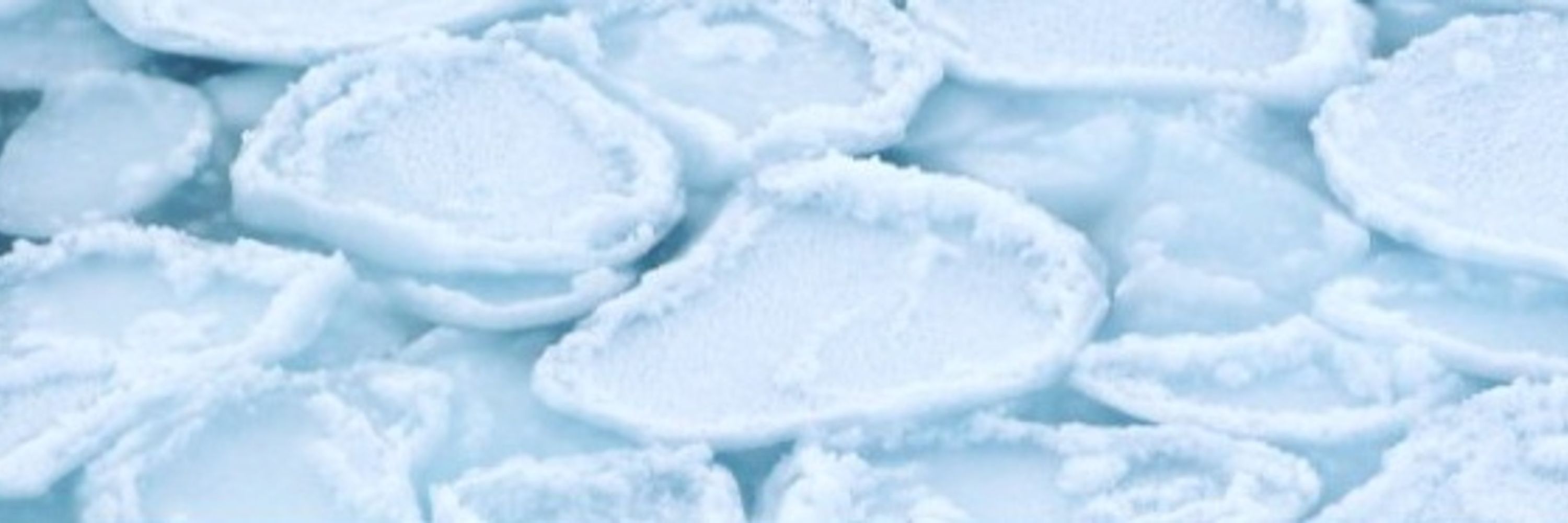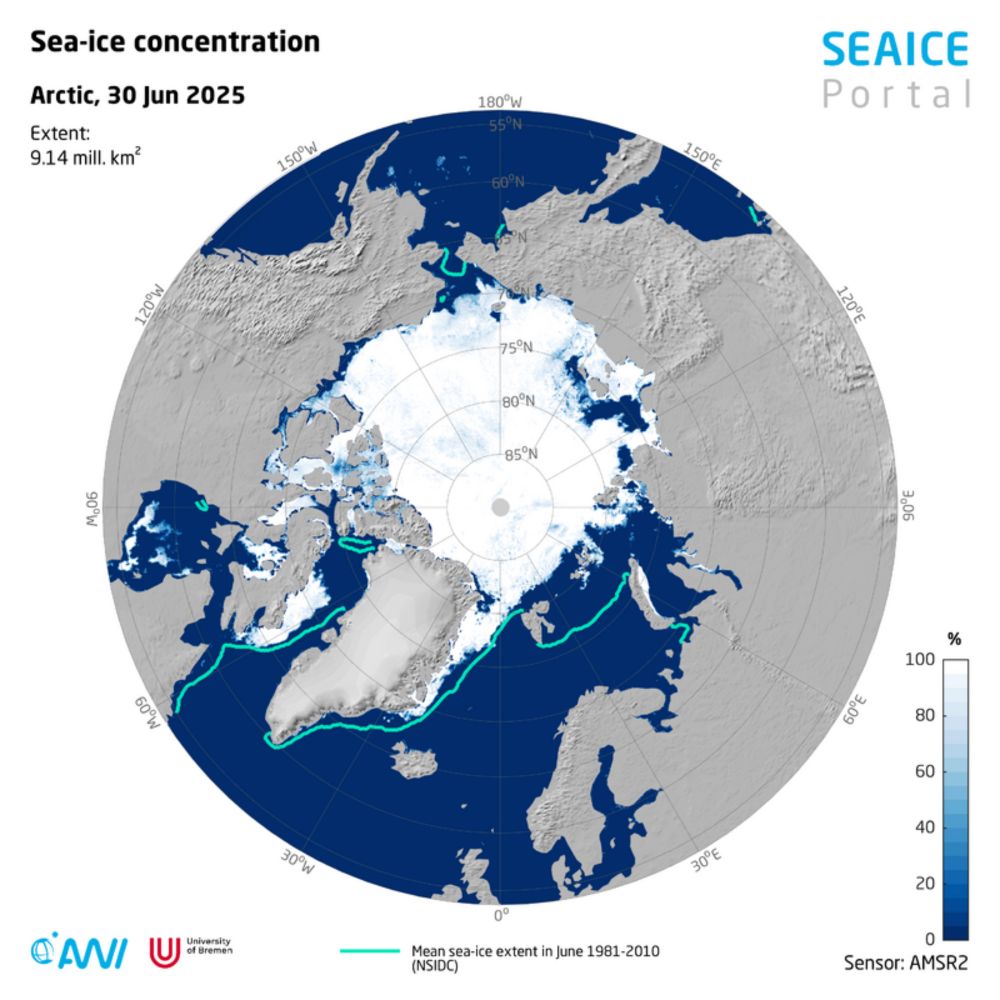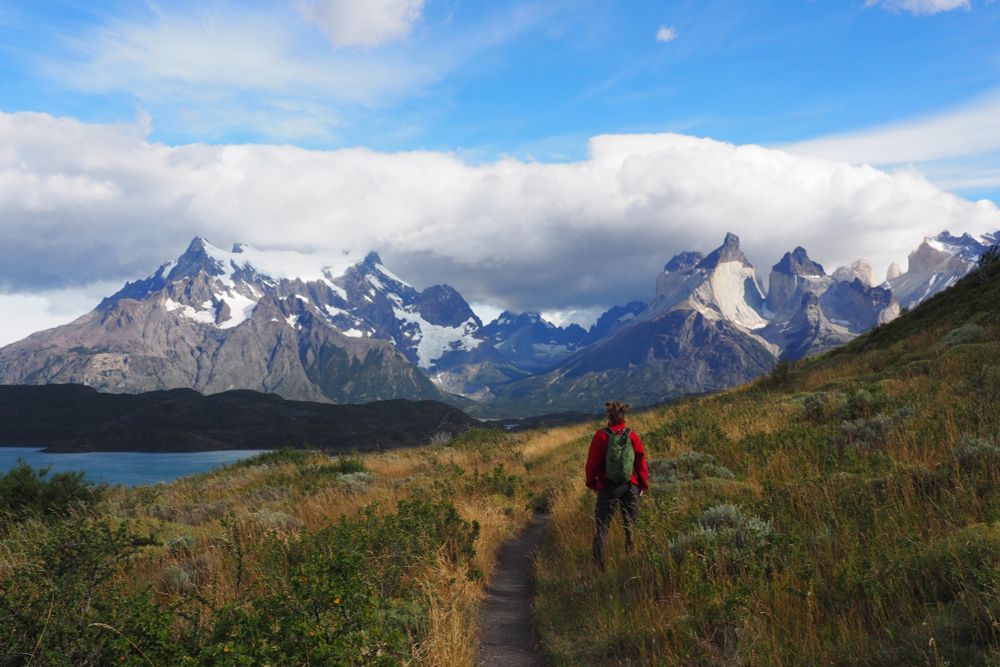Remote Sensing of Polar Regions, University of Bremen
@polarbremen.bsky.social
230 followers
410 following
39 posts
#Satellites #Science #SeaIce #ExtremeLatitudes.
Remote Sensing of Polar Regions at University of Bremen,
Institute of Environmental Physics (IUP).
https://seaice.uni-bremen.de
Posts
Media
Videos
Starter Packs

































